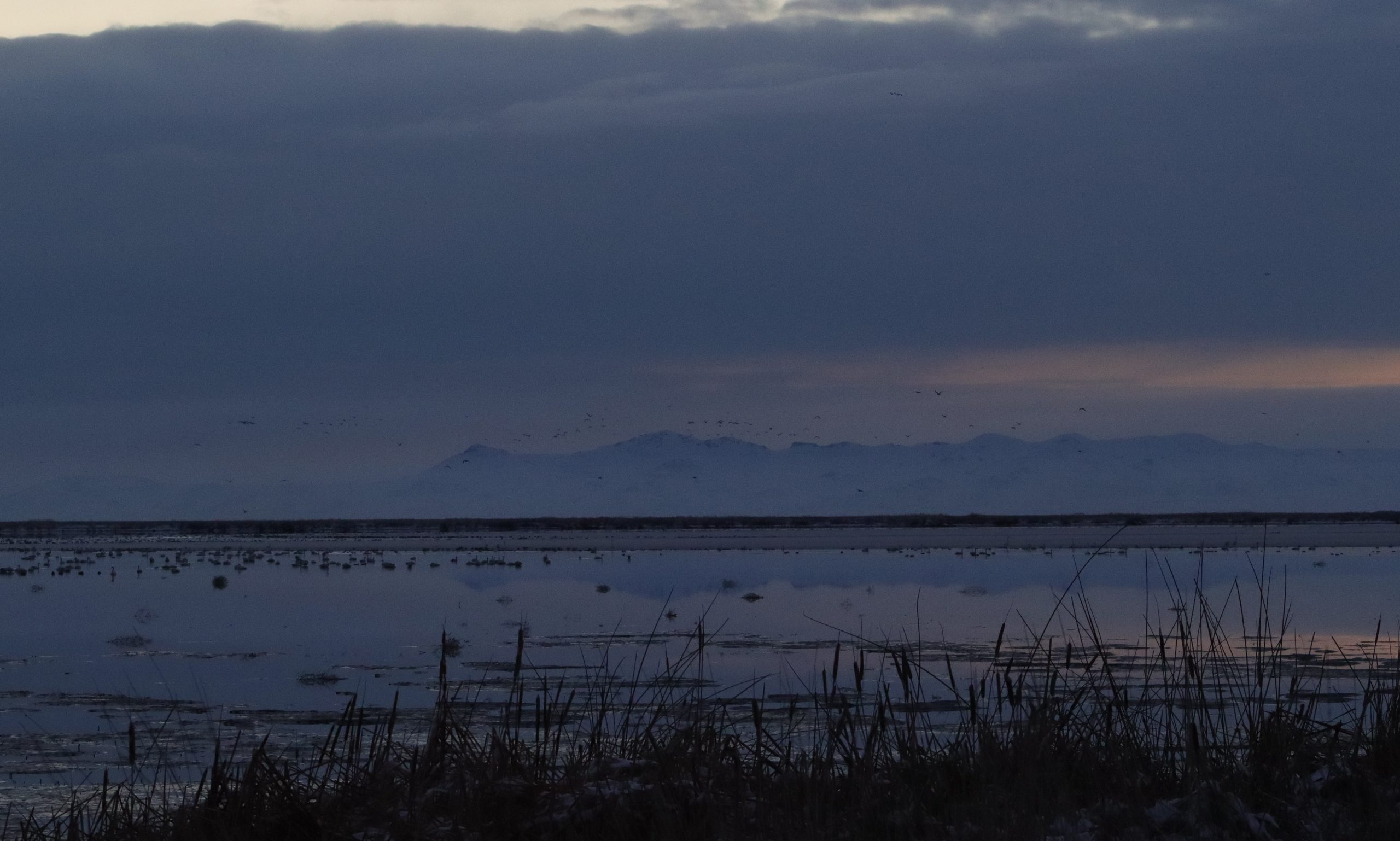Shallow water, deep trouble.
The myriad problems created by the drying up of the Great Salt Lake require our attention.
Because of low water levels, scientists have been warning of the pending collapse of the ecological pyramid that sustains life in and around the lake — from microbes, to brine shrimp, to millions of birds.
Dust from the dried up lake bed is contributing to accelerated melting of snow in northern Utah’s mountains, diminishing snowpack and the water it provides to residents. That same dust contains toxic elements like cancer-causing arsenic, which can be carried great distances on the wind and impact “everybody in northern Utah,” according to Dr. Kevin Perry, chair of the University of Utah’s Department of Atmospheric Sciences.
“And by ‘everybody’ I mean everybody from Tremonton to Logan to Ogden to Salt Lake to Provo and south,” Dr. Perry said during a recent summit on the state of the lake.
The single cause of the problem is a lack of water.

Flows that used to reach the lake don’t anymore because of upstream diversions for use by people. Climate change-fueled drought has also contributed to diminished water flows — not just for the lake, but for all of the western United States.
At this year’s legislative session, Utah lawmakers allocated $40 million for a trust that will fund efforts to get more water to the lake to try to save it. Another measure that passed would pay a fee to farmers who let their water flow to the lake — while allowing them to keep their water right.
Environmentalists say that those efforts are a good start — but just a start when it comes to restoring and preserving the iconic body of water that serves as the namesake for Utah’s capital.
In an effort to find solutions for the lake, KCPW has partnered with a group of 17 news, media and educational organizations to form the Great Salt Lake Collaborative.
The collaborative is funded through a grant from the Knight Foundation via the Solutions Journalism Network’s Local Media Project, whose goal is to strengthen and reinvigorate local media ecosystems.
The collaborative will:
- Reveal and investigate both the challenges of returning water to the Great Salt Lake as well as credible responses to those challenges.
- Analyze what changes can be made related to water policy and water conservation.
- Detail what has worked in other Western states and around the world.
- Identify which Utah cities, water conservancy districts or businesses are already leading the way.
Your input will help guide our efforts. Contribute your ideas to the collaborative by filling out our survey here.
This article is published through the Great Salt Lake Collaborative, a solutions journalism initiative that partners news, education and media organizations to help inform people about the plight of the Great Salt Lake.
How do you feel about this topic?
Is there anything else you think we should know? We'd like to hear your thoughts. Send us your feedback using the form below.




